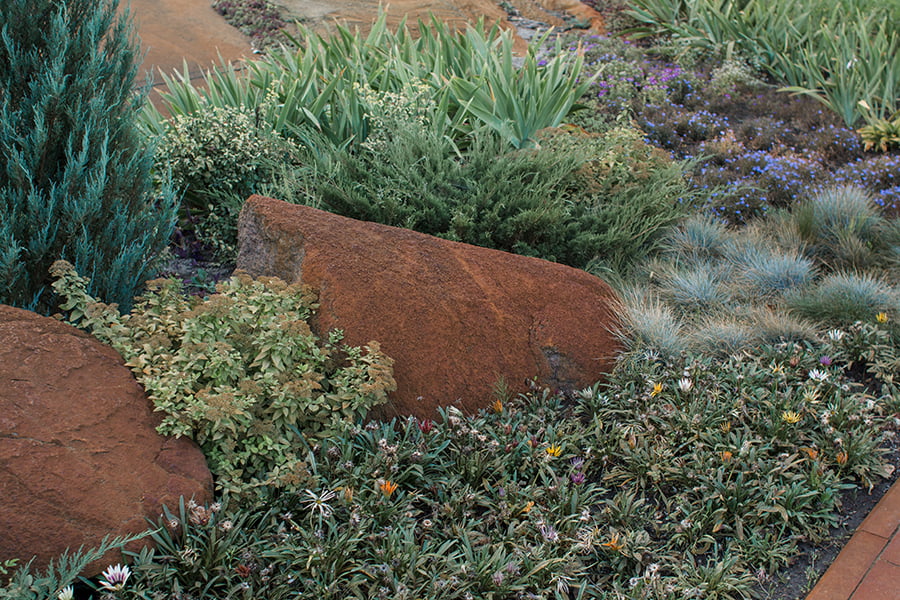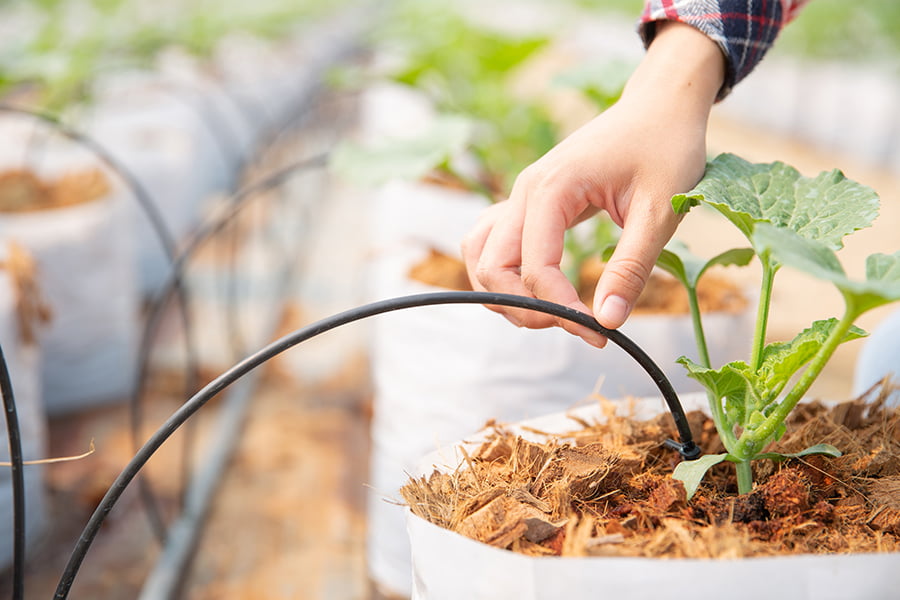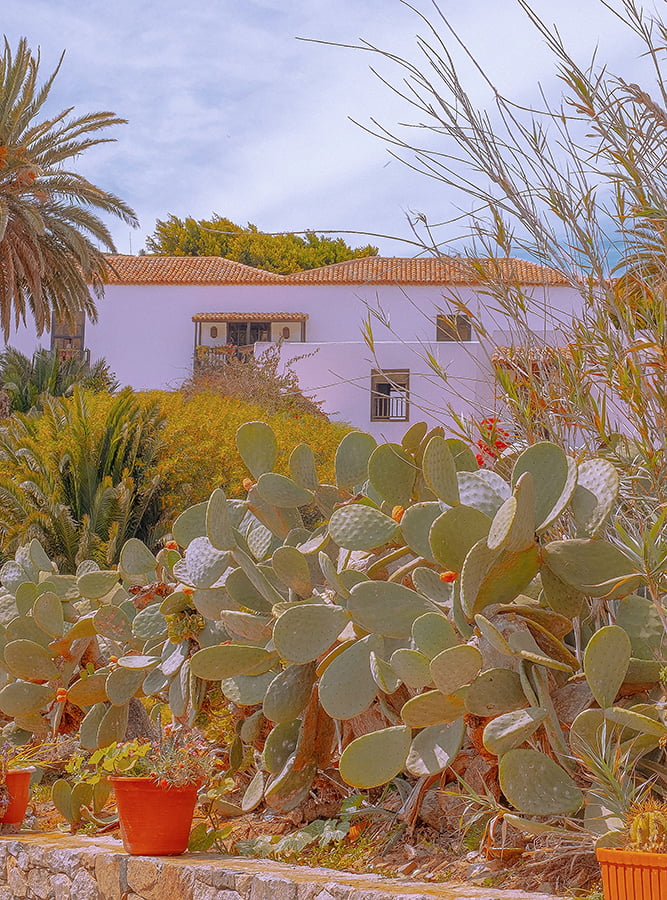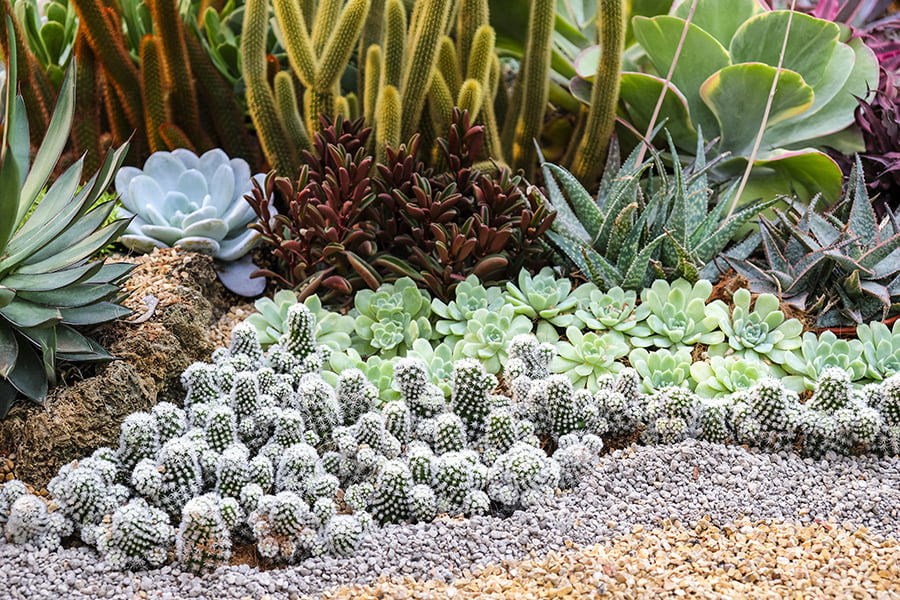Incorporating edible plants into a xeriscaping design can be done by selecting drought-tolerant, native plant species that produce edible fruits or vegetables.
Xeriscaping is an increasingly popular landscaping technique that focuses on using drought-tolerant plants to reduce the need for supplemental irrigation. But did you know that you can also incorporate edible plants into your xeriscaping design? With a little planning, you can create a beautiful and sustainable landscape that provides both visual appeal and delicious produce.
In this blog post, we’ll discuss some tips for incorporating edible plants into your xeriscaping design.
Choosing the Right Plants
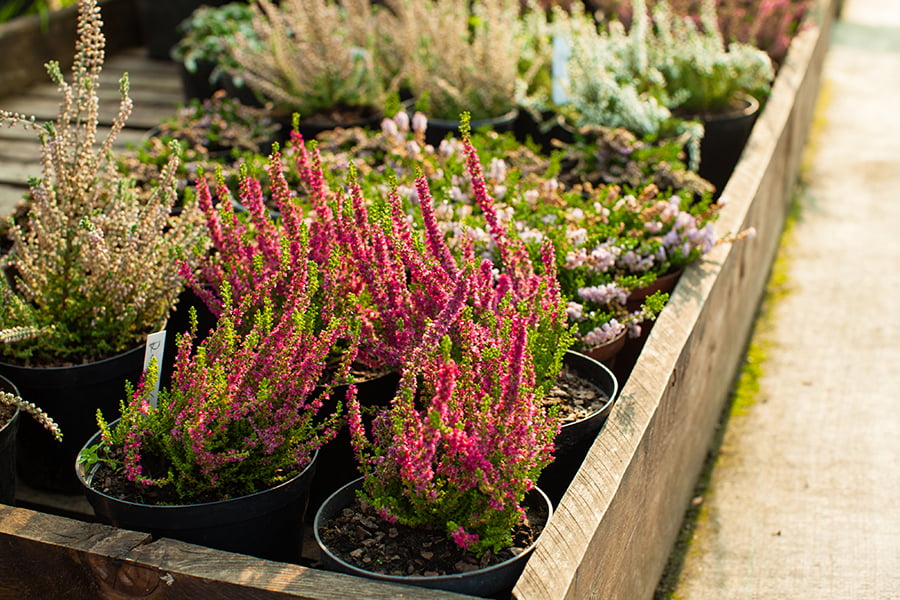
When selecting edible plants, it is important to consider factors such as climate, soil type, and water requirements. It is also essential to select varieties that are well-suited to the local environment and will thrive in the conditions of your yard.
It is important to choose plants that are easy to maintain and harvest so you can enjoy their fruits or vegetables throughout the year. Be sure to research any potential pests or diseases that may affect your chosen edible plant species before planting them in your xeriscape design.
Soil Preparation
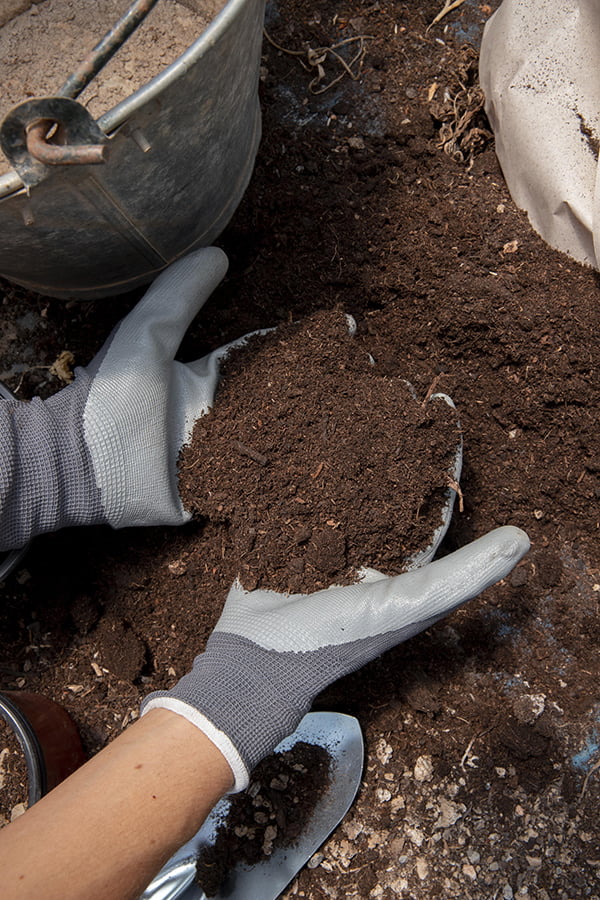
It involves preparing the soil to ensure that it has the right balance of nutrients and moisture for the plants to thrive. This includes adding organic matter such as compost or manure, testing the pH level of the soil, and adjusting it if necessary.
It may be necessary to add amendments such as gypsum or lime to improve drainage or increase nutrient availability. Tilling or aerating can help break up compacted soils and create better air circulation around plant roots.
By taking these steps before planting, gardeners can ensure that their edible plants have all they need for healthy growth and production.
Water Conservation Techniques

These techniques can include using drought-tolerant plants, mulching, and grouping plants with similar water needs together. Edible plants can be incorporated into a xeriscaping design by selecting varieties that are adapted to local climate conditions and require minimal irrigation.
It is important to choose native species that will thrive in the environment without needing additional resources such as fertilizers or pesticides. Mulching around edible plants helps retain moisture and reduces evaporation from the soil surface while also providing nutrients for the plant roots.
Grouping edible plants together allows them to share water resources more efficiently than if they were planted separately. Installing drip irrigation systems or soaker hoses can help deliver precise amounts of water directly to each plant’s root zone without wasting any on surrounding areas.
By utilizing these strategies, gardeners can create an attractive and productive xeriscape design that conserves precious natural resources while still producing delicious food for their families!
Sun Exposure Requirements
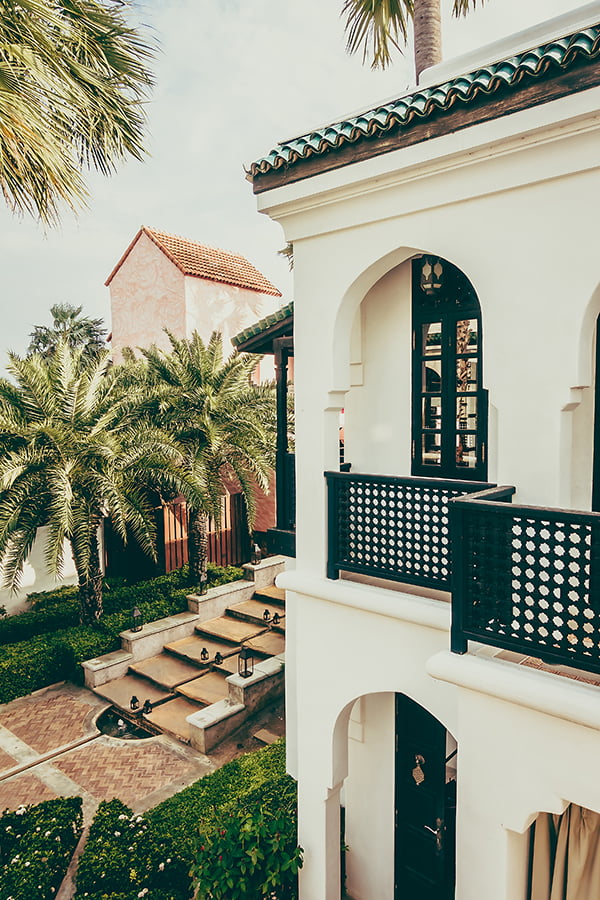
Plants need sunlight in order to photosynthesize and produce food, so it’s important to make sure that the edible plants you choose get enough sun throughout the day. Different types of edible plants have different requirements for sun exposure, so it’s important to research each plant before deciding where to place them in your xeriscaping design.
For example, some vegetables such as tomatoes and peppers require full sun (at least 6 hours of direct sunlight per day) while other vegetables such as lettuce and spinach can tolerate partial shade (3-4 hours of direct sunlight per day). Knowing how much sun each type of plant needs will help you create a successful xeriscaping design that incorporates edible plants.
Mulching and Composting

Mulching is the process of covering soil with organic material, such as wood chips, straw, or bark. This helps to retain moisture in the soil and reduce weeds.
Composting is the process of breaking down organic matter into nutrient-rich fertilizer for plants. It can be done by adding kitchen scraps, yard waste, and other materials to a compost bin or pile and allowing them to decompose over time.
Both mulching and composting help create an environment that is conducive to growing edible plants in a xeriscape design while also reducing water usage.
Pest Control Methods

Edible plants can be used to help keep pests away from other plants in the landscape. By planting certain edible plants, such as herbs and vegetables, you can create a natural barrier that will repel insects and other pests.
These edible plants also provide food for beneficial insects like ladybugs and bees, which will help to keep the pest population down. Some edible plants have strong scents that act as a deterrent for certain types of pests.
For example, garlic has been known to repel aphids and other small bugs from gardens.
Harvesting Tips
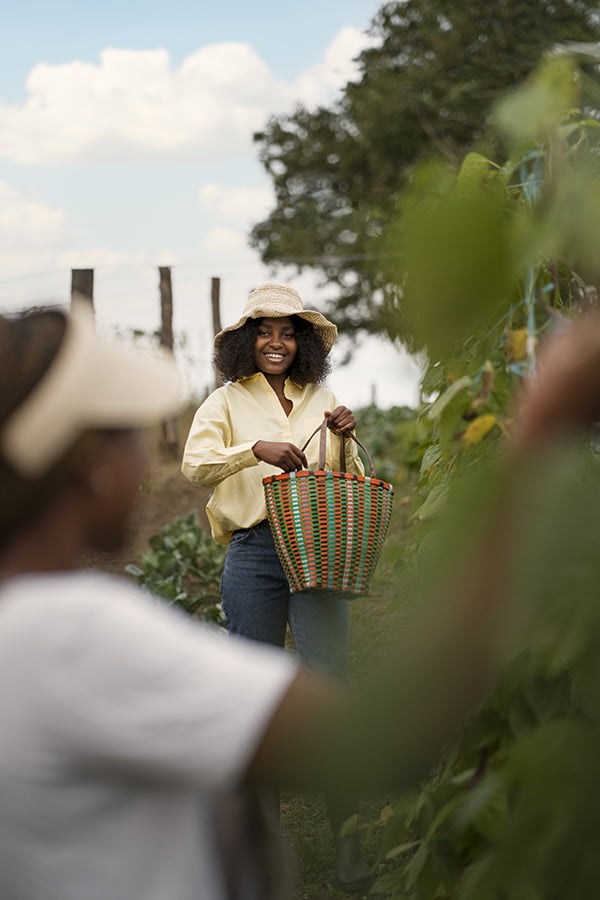
Harvesting is the process of collecting fruits, vegetables, and other edible plants from the garden. It is important to harvest at the right time in order to get the best quality produce.
For example, some fruits and vegetables should be harvested when they are ripe or just before they reach their peak ripeness. It is important to harvest regularly so that new growth can occur and there will be an abundance of produce throughout the season.
When harvesting edible plants from a xeriscaping design, it is also important to consider how much water each plant needs in order to thrive; some may need more frequent watering than others. It is essential to use proper tools when harvesting so as not to damage or destroy any of the plants in your garden.
